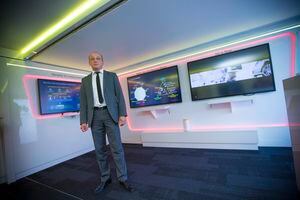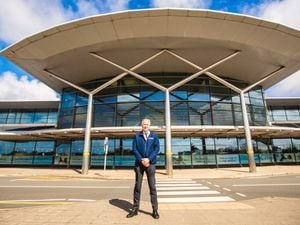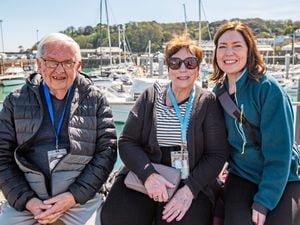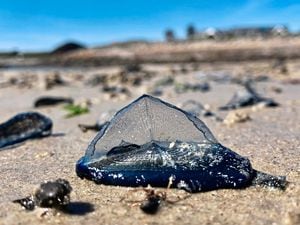5G future promises much more than faster mobiles
THE future of telecommunications – from wearable health solutions to augmented reality for tourists – was brought to the island briefly yesterday as Sure and Huawei representatives spoke about 5G.

5G principal engineer Aleksandar Aydemirski from Huawei Technologies explained what the 5G service was and how he believes it will revolutionise telecoms services as we know it.
‘5G is the next generation. It is quite a big leap forwards from 4G and will expand in all directions of capabilities,’ said Mr Aydemirski.
‘The door to many more possibilities will be opened with an even better quality of service.’
He explained that the way in which 4G works at the moment means that the more people using that service in a crowd at the same time means the quality of service is reduced. With 5G there is a concept called ‘slicing’ which means each user has one ‘slice’ for a particular band of service, whether that is a smart watch, a phone, broadband, a drone, wireless robotics or a connected vehicle.
Chief executive officer of Sure Group, Ian Kelly, said: ‘5G will offer a massive amount of capability and capacity all the time which can be used not only for phone, text and data, but it will use other technology to deliver other capabilities such as driverless cars or wearable health systems.
‘It could also be used for people at home for gaming and broadband or Video Reality.’
Mr Kelly explained: ‘Guernsey’s 4G capacity is world class but 5G will deliver increases in speed and capacity which will drive the next level of innovation.’
While 4G requires a line of sight service, 5G will operate in any area where there is mobile coverage.
Chief Marketing Officer of Sure in Guernsey, Alistair Beak, said: ‘5G would enable us to use drones to assess traffic accidents, or perform marine search and rescues, or Augmented Reality experiences for tourists.
‘With this technology there are so many types of applications that follow.’
He said that although it is an expensive service to install, it would be a huge step forwards for technology.
‘5G will be able to support the exponential increase of devices in homes that are all connected,’ said Mr Beak.
Masts for signal and service are smaller than 4G masts that are currently installed on the island and would improve the quality of service provided due to ‘slicing’.
Examples of how 5G promotes innovation were highlighted in a short presentation by Mr Aydemirski.
He spoke about Ehealth where 5G could be used for remote endoscopy, ward inspections and ultrasounds.
Additionally the service could improve vehicular applications such as ToD where the driver is sat in a control room while he operates the vehicle which is outside. As well, self-driving cars and platooning (control of several vehicles at once) was explained, even though they are not services specifically island-oriented.
The talk demonstrated the ample opportunities 5G could lead to in the future.





